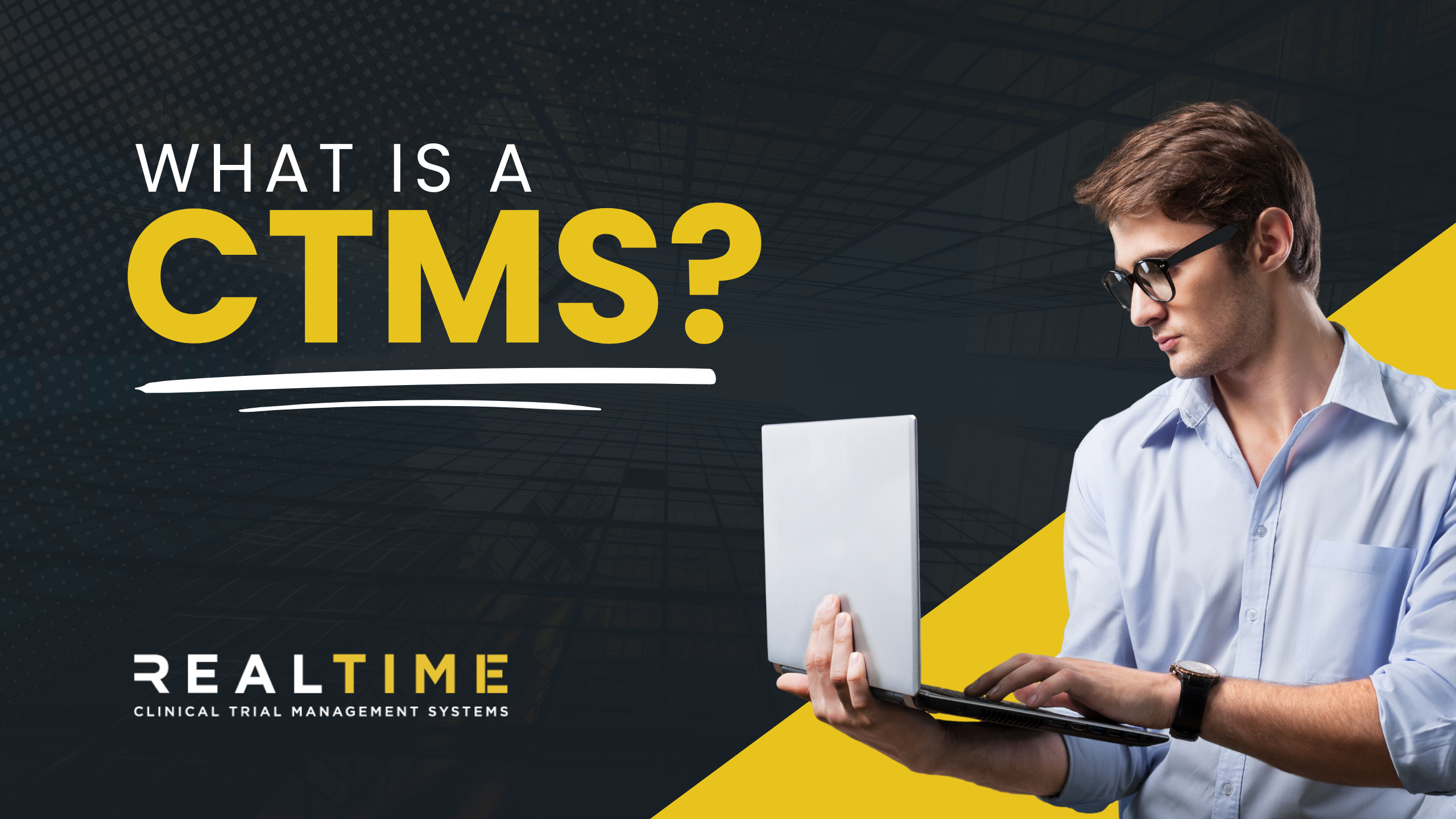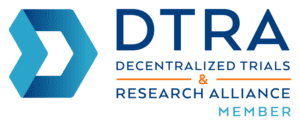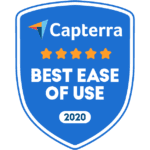Clinical trials are fundamental in advancing medical science, offering new treatments and drugs to improve patient care. However, managing these trials is a complex task involving multiple stages and stakeholders. To streamline this process, Clinical Trial Management Systems (CTMS) have become essential for clinical research sites to organize efficient site management.
Historically, clinical trial management relied heavily on cumbersome spreadsheets for tracking patient enrollment, visits, financial metrics, and regulatory documents. Today, from sprawling clinical research networks to standalone clinical research sites, the adoption of Clinical Trial Management Systems (CTMS) has supported sites in scaling faster and delivering better outcomes. A CTMS is tailored to meet the diverse needs of clinical trial operations. It delivers unparalleled compliance, efficiencies and insights, from improved patient recruitment and retention to enhanced financial oversight.
What is a CTMS?
A CTMS is a comprehensive software platform designed to manage various aspects of clinical trials at clinical research sites. This technology provides a centralized platform that assists site staff in optimizing the planning, execution, and management of clinical trials. A modern CTMS encompasses the electronic management of regulatory files, data collection, participant communication, and financial tools. The entire organization at a clinical research site, spanning multiple departments, depends on these efficient processes, strict regulatory adherence, and quality controls.
Key Features of a CTMS
- Patient management (patient recruitment, consent tracking, visit scheduling, patient communications etc.)
- Clinical research coordinator task management
- Document management, centralizing important documents for easy access and audit trails
- Advanced reporting for real-time tracking of trial progress and outcomes. (e.g. study enrollment metrics, prescreening logs, visit tracking logs etc.)
- Contracts & budgeting
Benefits of a CTMS
Streamlined Study Management: A CTMS offers robust tools for managing all aspects of clinical trials, from participant recruitment and enrollment to data collection and study closure. This integrated approach ensures that site staff can efficiently manage every stage of the trial.
Improved Efficiency and Workflows: Clinical Trial Management Systems aim to organize various administrative and management tasks, reducing the reliance on manual processes and paperwork. Automating and centralizing administrative tasks reduces manual errors and time spent on clerical burdens, freeing site staff to focus more on patient-focused activities.
Financial Management: CTMS offers tools for budgeting, financial tracking, and accounting, which are essential for maintaining financial transparency and control over the trial’s budget. Using a CTMS can reduce unnecessary expenses through efficient resource management. It enables better planning and utilization of resources, including staff and budget, which leads to more cost-effective trial management.
Reporting and Analytics: The system provides robust reporting tools and analytics, offering insights into trial performance and facilitating data-driven decision-making. This capability is crucial for making timely decisions based on current data trends and trial progress.
Improved Participant Recruitment and Retention: A best-in-class CTMS includes features for effective participant management, including recruitment tracking, appointment scheduling, and communications. These features help in maintaining participant engagement and minimizing drop-out rates. It also aids in managing participant recruitment, screening, enrollment, and follow-ups, thereby improving participant engagement and retention rates.
How to Choose a CTMS
Selecting the right CTMS depends on various factors, including the size of the organization, the complexity of trials, budget constraints, and specific research needs. The implementation of a CTMS requires careful planning and consideration. Factors like staff training, data migration, and system customization are crucial for successful integration. If you’re considering a CTMS, here are some best practices for evaluating and selecting the most suitable platform:
Define Your Needs and Objectives
Research and Shortlist Vendors
Conduct thorough research to identify the leading CTMS providers. Capterra, a leading software review platform, is a popular resource for clinical research sites looking to evaluate technology vendors and their capabilities. Read reviews and testimonials to gauge user satisfaction and the system’s real-world performance. Shortlist vendors based on their reputation, experience in the industry, and the range of features they offer.
Evaluate Technical Features and Capabilities
Look for essential features like study tracking, participant management, data security, financial management, and reporting capabilities. The system should be customizable to adapt to your site’s requirements. For instance, RealTime-CTMS offers an API service to seamlessly integrate RealTime data with other critical systems such as CRM, ERP, EMR, analytics, and business intelligence (BI) platforms.
Consider User Experience and Accessibility
A user-friendly interface is crucial for the effective use and adoption of the platform by all staff members. Demo at least two providers for a fair comparison. Inquire if the system offers a mobile application for easy access from different locations and devices.
Compliance with Industry Standards
CTMS software must comply with industry regulations such as FDA 21 CFR Part 11, GDPR, HIPAA, and other global regulations. Also, evaluate the security measures that your potential vendors have in place to protect sensitive trial and patient data.
Comprehensive Support and Training
Make inquiries about the level of customer support offered, including availability, responsiveness, and technical expertise. Seek a technology partner that offers a variety of advanced training resources to facilitate a smooth transition to the new system.
Customer Reviews and References
Ask potential vendors if they can offer a reference list for you to connect with existing users. This will help you gain insights into their experiences, any challenges they’ve faced, and the advantages the system has brought to their operations.
Understand the Total Cost of Ownership
Compare pricing options and understand what is included in the base price and what costs extra. Consider the return on investment by evaluating how the CTMS can save time, reduce errors, and improve trial outcomes.
Vendor’s Future Roadmap
Inquire about your technology provider’s roadmap. This will provide insight into their commitment to innovation and plans for future updates and improvements.
Final Thoughts
A CTMS is an indispensable tool for clinical research sites of all sizes. Its capabilities in managing the complexities of modern clinical trials make it a cornerstone for efficient and reliable clinical trial management. By offering an efficient and organized approach, CTMS plays a pivotal role in the successful execution of these critical research initiatives.
Selecting the right CTMS is a strategic decision that requires careful consideration of various factors. Remember, the right CTMS is more than just a software solution; it’s a long-term partner in your clinical research experience. Making the right choice will have lasting implications for your organization’s efficacy, compliance, and overall operational success.






